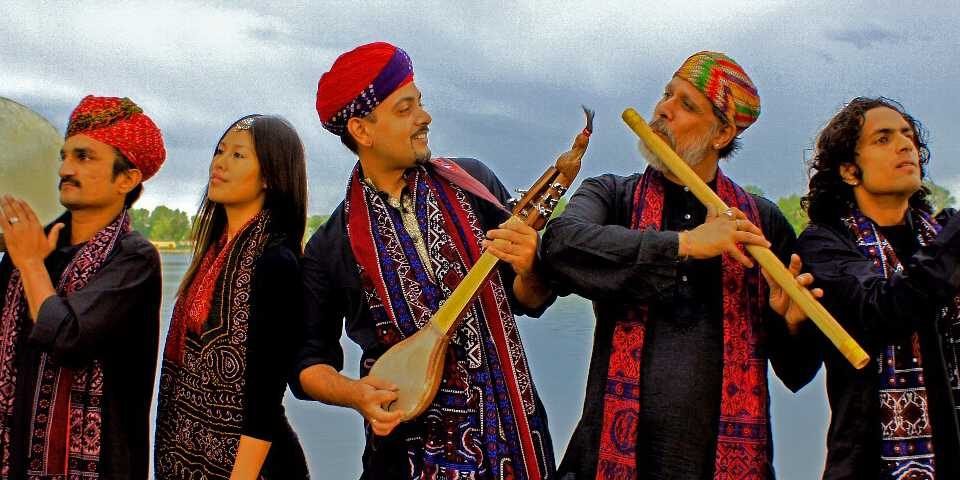Folk music has been a foundational element in the evolution of Indian music, deeply influencing its contemporary forms. From classical compositions to Bollywood hits, the rich tapestry of traditional folk sounds continues to resonate within modern Indian music. This article explores how folk music influences modern Indian music, examining its integration into contemporary genres, notable examples, and its impact on the music industry.
Historical Context of Indian Folk Music
Origins and Diversity
Indian folk music encompasses a vast range of regional styles and traditions, each reflecting the cultural and historical context of its community. These traditions include a diverse array of instruments, rhythms, and lyrical themes that have been passed down through generations.
Key Traditions:
- Bhojpuri Folk Music: Originating from the Bhojpuri-speaking regions of northern India, known for its lively and rhythmic songs.
- Kolkata Baul Music: Featuring the Bauls, a mystical folk group from Bengal, renowned for their soulful, devotional songs.
- Punjabi Bhangra: A vibrant dance music genre from Punjab, characterized by its energetic beats and celebratory themes.

Influence on Classical and Popular Music
The influence of folk music on Indian classical and popular music can be traced back to the early 20th century. Many classical musicians and composers drew inspiration from folk traditions, incorporating their rhythms and melodies into their compositions.
Notable Influences:
- Classical Composers: Figures like Ravi Shankar and Zakir Hussain incorporated folk elements into their classical performances.
- Early Film Music: Bollywood composers like S.D. Burman and Lata Mangeshkar used folk motifs in their film scores, creating a blend of traditional and modern sounds.
Integration of Folk Elements in Modern Music
Bollywood and Film Music
Folk music has played a significant role in shaping Bollywood and Indian film music. Contemporary filmmakers and composers frequently integrate folk elements into their soundtracks, creating a fusion of traditional and modern styles.
Notable Examples:
- “Madhubala” from Mere Brother Ki Dulhan (2011): Features Punjabi folk elements blended with modern pop sounds.
- “Chaiyya Chaiyya” from Dil Se (1998): Combines Sufi and folk influences with contemporary music.
Pop and Indie Music
In the Indian pop and indie music scenes, folk influences are increasingly evident. Modern artists and bands are exploring traditional folk sounds, blending them with various genres such as electronic, rock, and fusion.
Notable Artists:
- Rabbi Shergill: Known for his fusion of Punjabi folk music with contemporary rock elements.
- Indie Bands: Groups like “The Local Train” incorporate folk melodies into their indie and alternative music.
Regional and Vernacular Music
Regional and vernacular music forms continue to influence modern Indian music, reflecting the rich diversity of the country’s musical landscape. These influences are often showcased in regional films, advertisements, and mainstream media.
Examples:
- South Indian Cinema: Films in Tamil, Telugu, and Kannada languages frequently feature folk-inspired music that resonates with local audiences.
- Marathi Lavani: Traditional Lavani music has been adapted into contemporary Bollywood and regional film soundtracks.
Impact on the Music Industry
Revival and Preservation
The integration of folk music into modern Indian music has led to a renewed interest in traditional genres, contributing to their revival and preservation. This trend helps maintain cultural heritage while adapting it to contemporary tastes.
Efforts in Preservation:
- Music Festivals: Folk music festivals such as the “Sufi Festival” and “Saptak Festival” celebrate traditional sounds and promote their continued relevance.
- Documentaries and Archives: Projects documenting folk traditions help preserve and promote traditional music.
Cross-Cultural Collaborations
Folk music’s influence extends beyond India, fostering cross-cultural collaborations between Indian musicians and international artists. These collaborations often result in innovative blends of traditional and global sounds.
Examples:
- International Collaborations: Indian folk artists collaborating with Western musicians and producers to create fusion albums and performances.
- Global Music Festivals: Indian folk music being featured in international music festivals, showcasing its global appeal.
Challenges and Future Directions
Commercialization vs. Authenticity
One challenge faced by the integration of folk music into modern genres is the balance between commercialization and authenticity. While folk elements are often adapted for mass appeal, there is a risk of diluting traditional practices.
Concerns:
- Cultural Appropriation: Ensuring that folk traditions are represented respectfully and authentically in mainstream media.
- Preservation of Tradition: Maintaining the integrity of traditional music while adapting it to contemporary formats.
Innovation and Creativity
The future of folk music in modern Indian music lies in continued innovation and creativity. Musicians and composers are exploring new ways to blend folk sounds with contemporary styles, creating fresh and exciting musical experiences.
Future Trends:
- Hybrid Genres: Emerging genres that combine folk with electronic, hip-hop, and other modern styles.
- Global Influences: Incorporating diverse global influences into traditional folk music.
Conclusion
The influence of folk music on modern Indian music is a testament to the enduring richness and diversity of India’s musical heritage. From Bollywood soundtracks to contemporary pop and indie music, folk elements continue to shape and enrich the soundscape of modern Indian music. As the industry evolves, the challenge will be to balance innovation with preservation, ensuring that traditional folk music remains a vibrant and integral part of India’s musical future.

